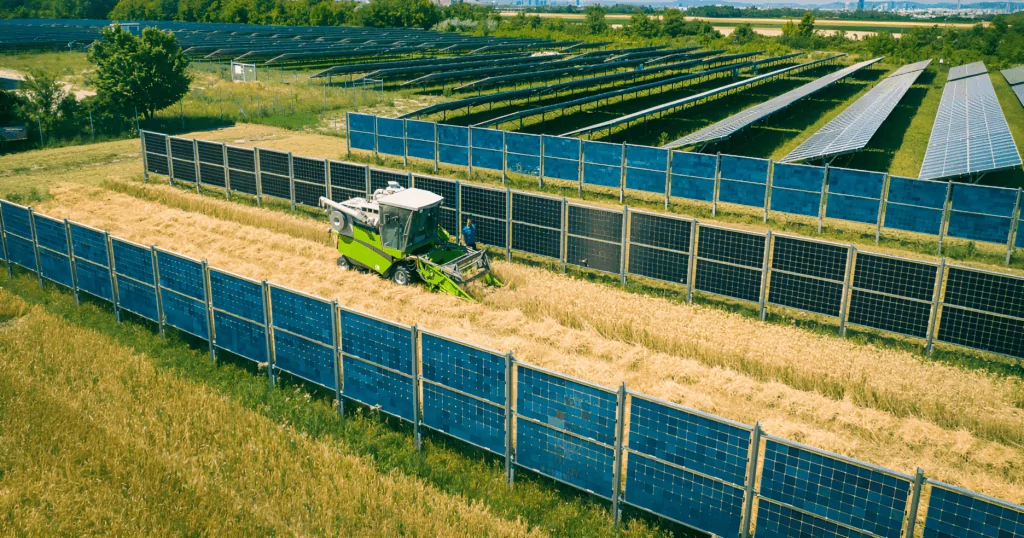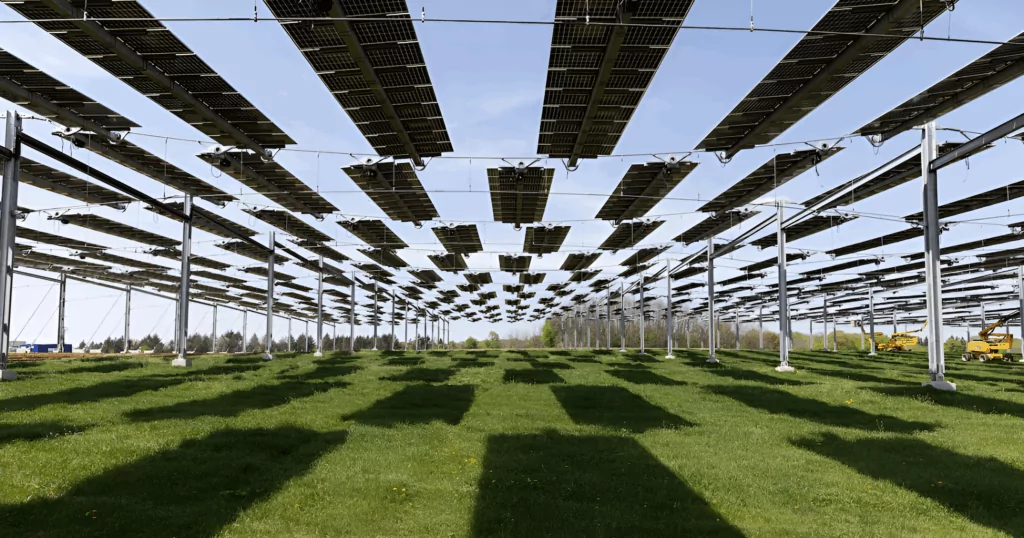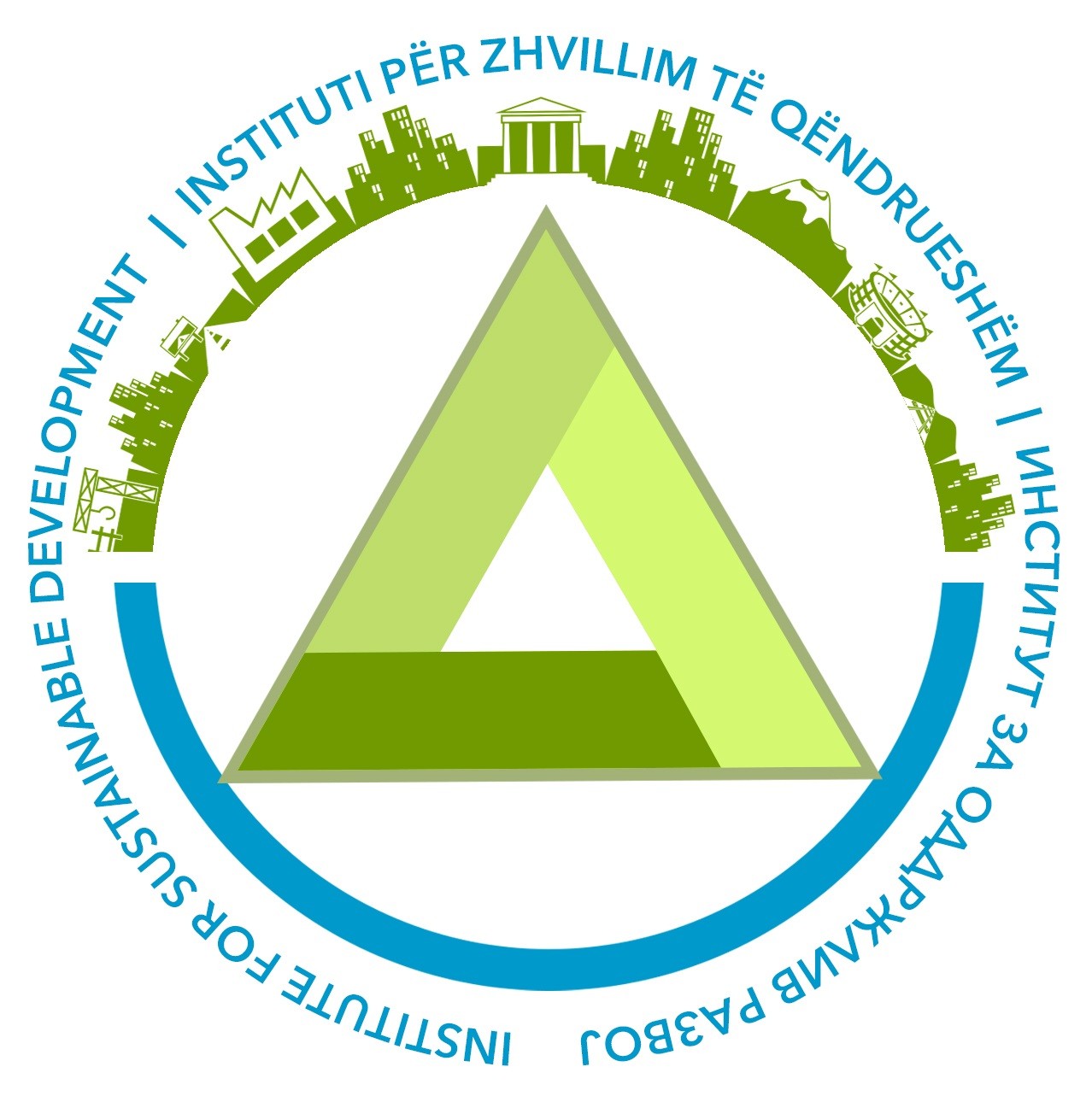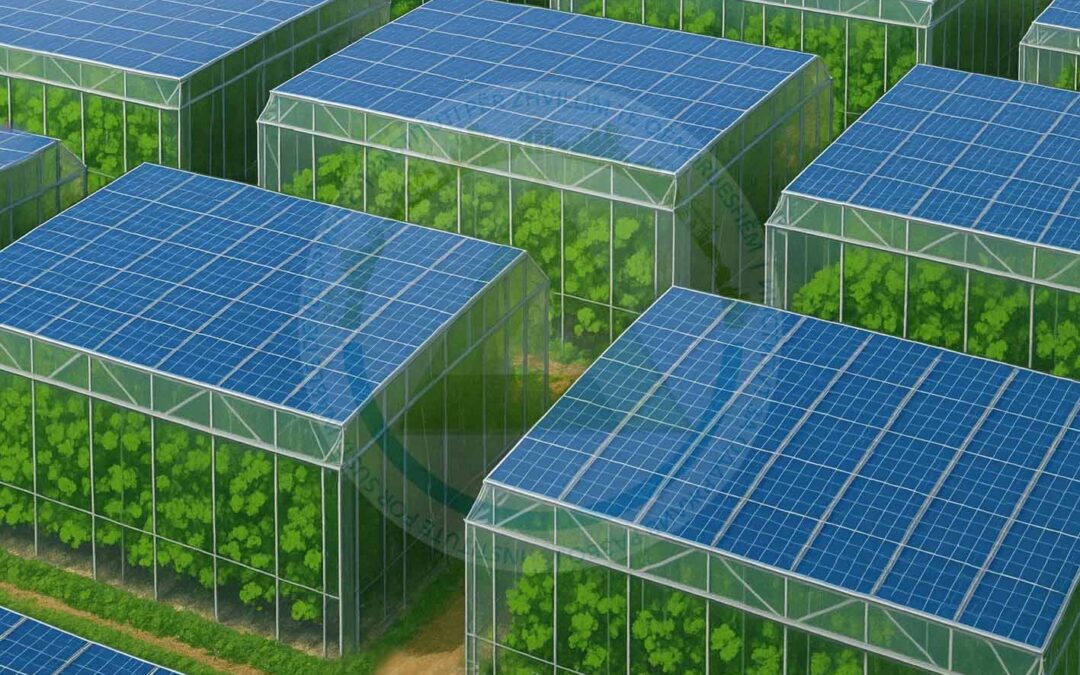According to insights from the Institute for Sustainable Development (ISD), German engineers have pioneered an innovative system known as dual harvesting in agriculture. It represents an advanced method that integrates solar energy generation directly with agricultural production.
By installing solar panels above cultivated fields, this approach allows the same parcel of land to serve two essential purposes: producing renewable electricity and supporting healthy crop growth.
HOW IT LOOKS IN THE FIELD?

ISD researchers note that this model addresses one of the most pressing challenges in modern sustainability land-use efficiency. In many regions, farmland and energy infrastructure compete for space. Dual harvesting eliminates that conflict by transforming agricultural land into a multifunctional resource, simultaneously powering homes and producing food.
Beyond spatial benefits, the system offers substantial environmental and agronomic advantages. The panels provide partial shading, which helps reduce soil evaporation and conserve water — a critical adaptation in drought-prone areas. They also act as a protective canopy, shielding plants from heatwaves and extreme sunlight, while maintaining favorable microclimates for growth. Early trials supported by ISD show that some crops, such as leafy greens and certain grains, actually increase their yields under these moderated light conditions.
From an energy perspective, the solar infrastructure contributes to the decentralization of power generation, helping rural communities become more energy-independent and resilient to grid fluctuations. Farmers can use or sell surplus electricity, creating new income streams and strengthening the economic sustainability of agricultural enterprises.

German experts emphasize, integrating food and energy production in this way could redefine the future of both sectors. If widely adopted, dual harvesting has the potential to transform millions of acres worldwide into climate-smart farms that not only feed growing populations but also contribute to carbon-neutral energy systems.
This synergy between technology and ecology demonstrates how innovation can drive climate resilience, resource optimization and sustainable development, the very principles that form the foundation of ISD’s mission.
Read more: Germany’s Dual Harvest Farms: Growing Crops and Solar Power Together – Engineerine

